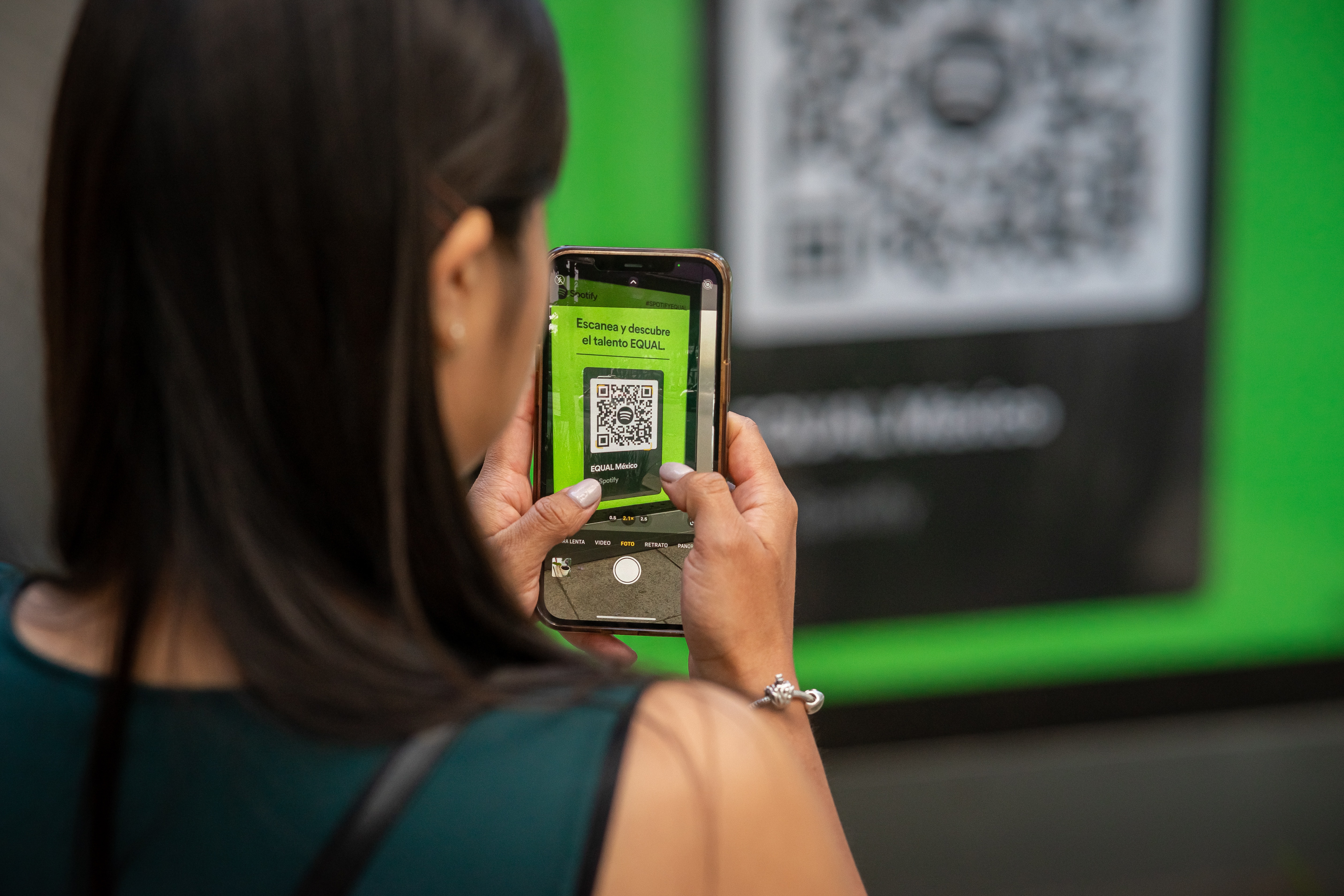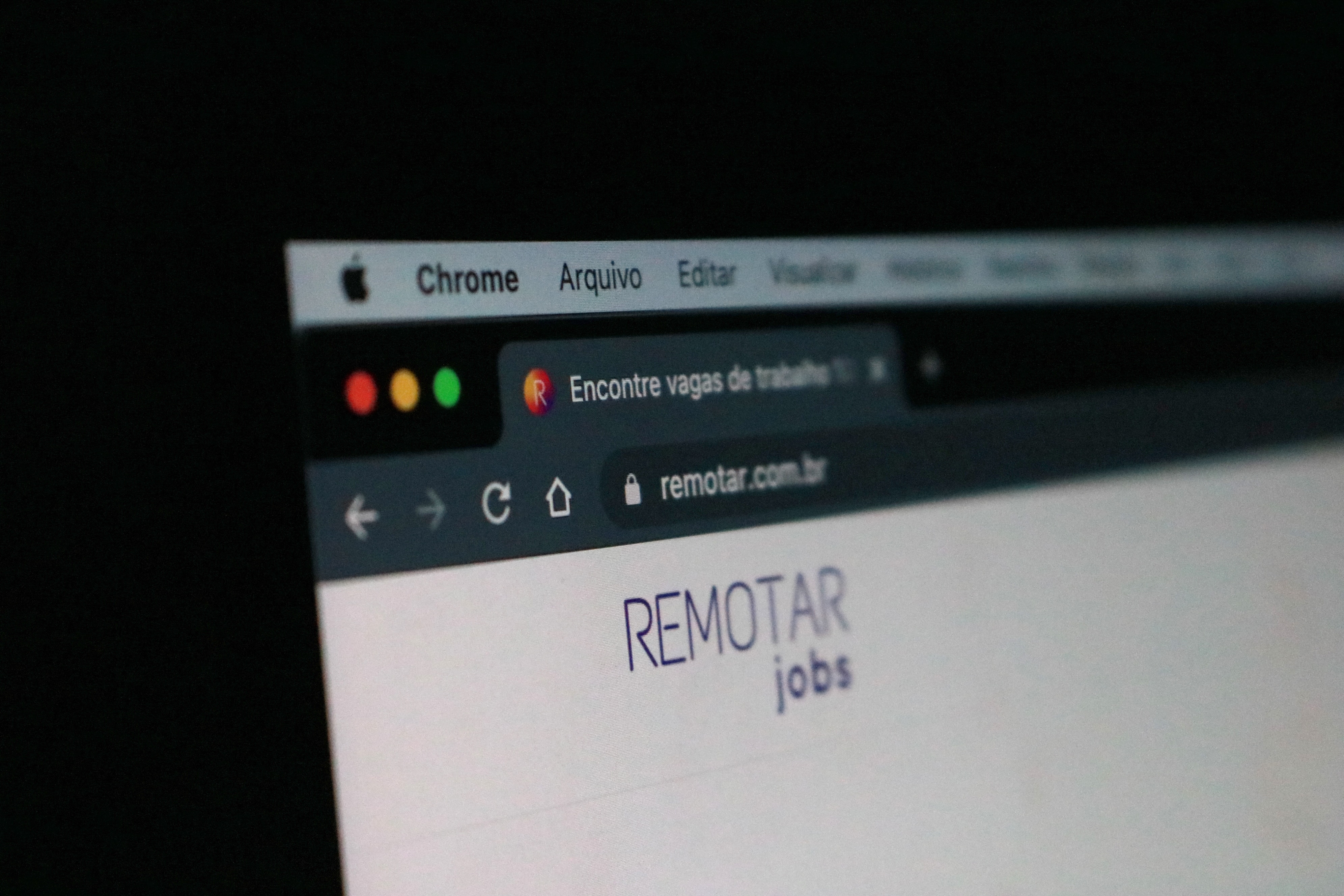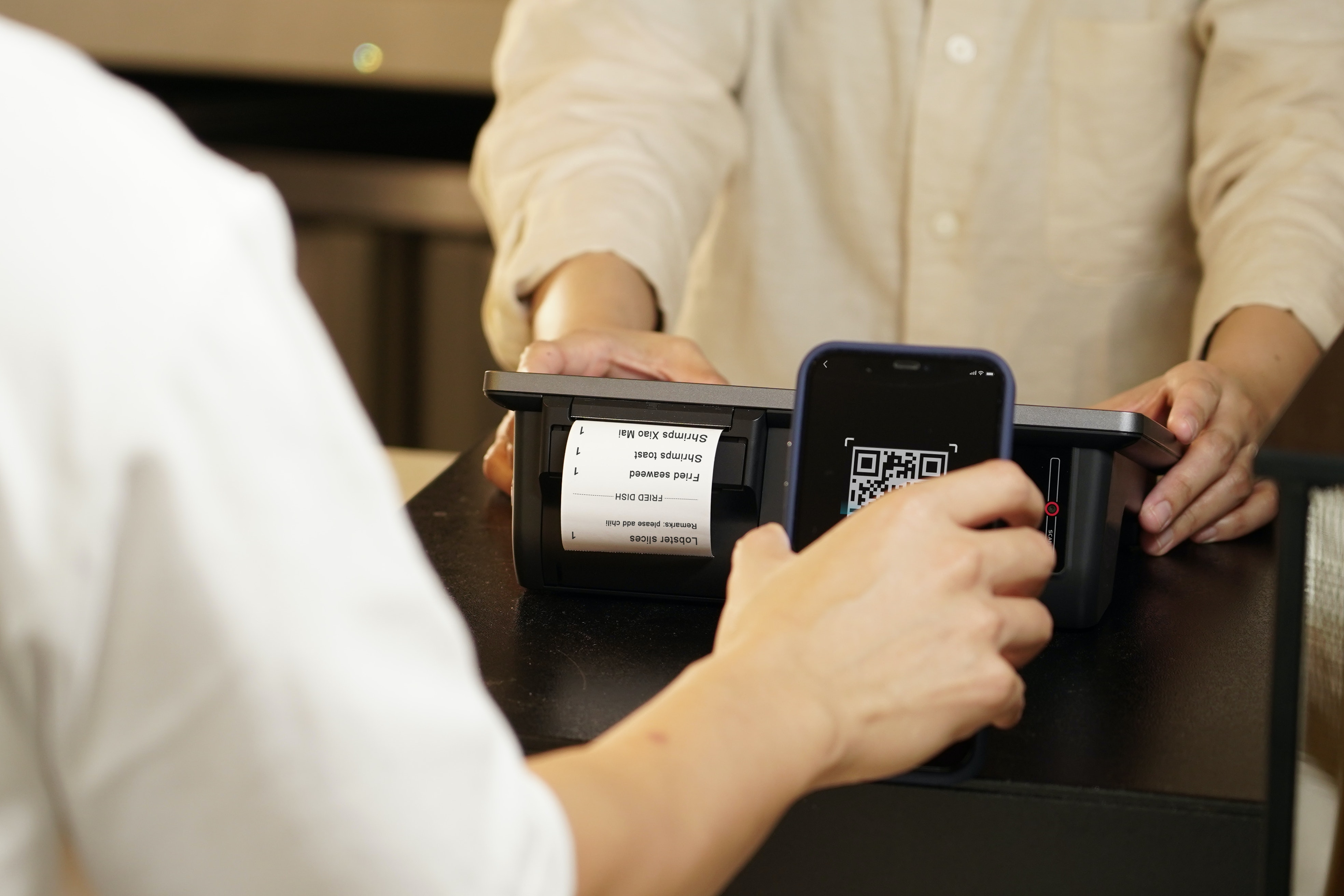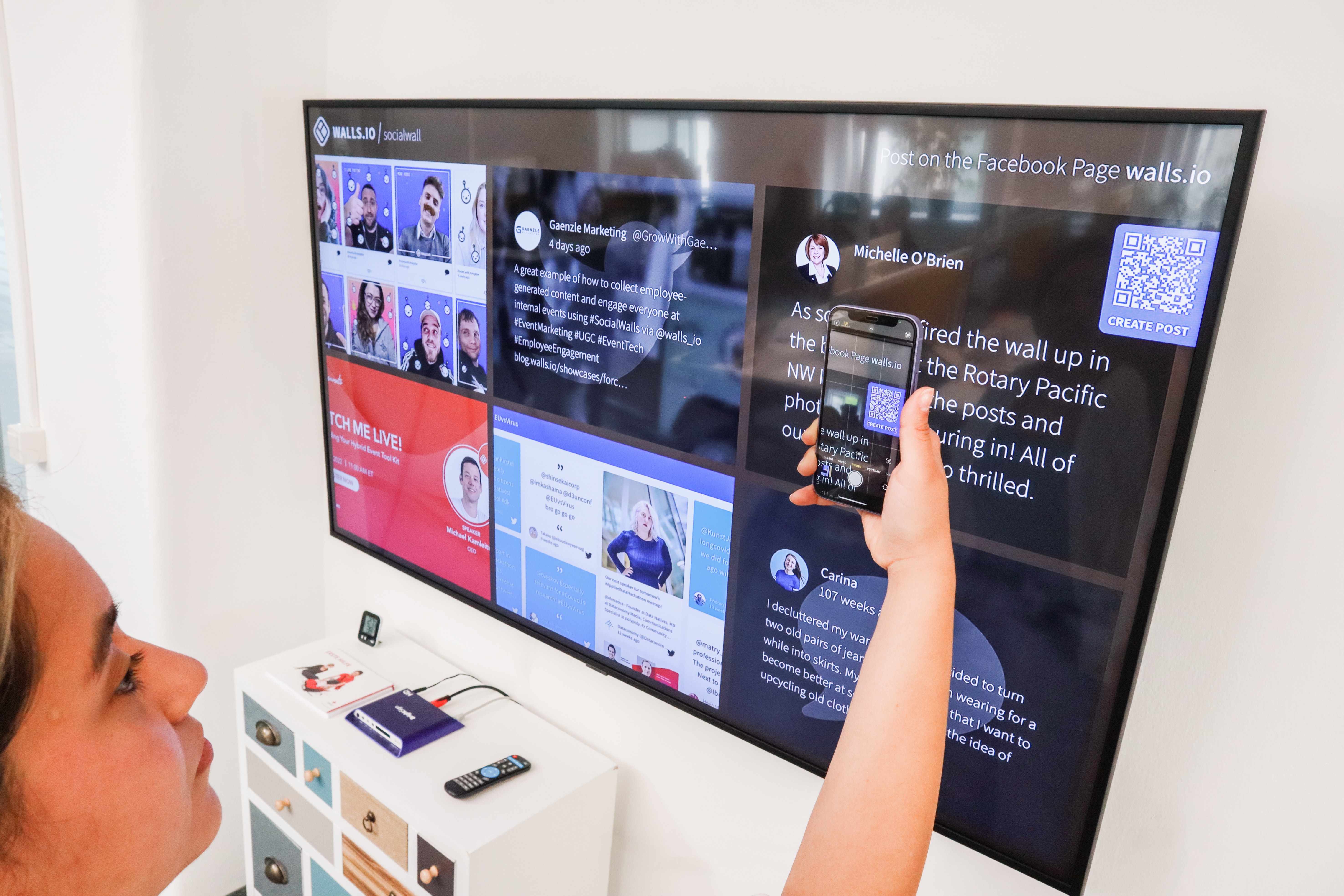QR code security : Risks and best practices for protecting your personal and sensitive information
QR codes have become an important part of modern life. From scanning codes to make payments or access event tickets, to using them for marketing and advertising purposes, QR codes have found their way into almost every aspect of our lives.
However, with the increased usage of QR codes, there comes an increased risk to personal and sensitive information. In this article, we will discuss the potential risks when using QR codes and give suggestions for best practices(strategies) in order to protect your private, personal and sensitive information.
Risks Associated with QR Codes
QR codes have become a popular target for hackers looking to steal personal and sensitive information. The following are some of the risks associated with QR codes
Malicious QR Codes
Hackers may design dangerous QR codes that, when scanned, might download viruses or malware onto your device. As soon as these are installed in any of the devices, these malicious softwares will be able to steal your sensitive data, including banking information, passwords, and other private information.
Phishing
Users may be directed via QR codes to fraudulent websites or fake login pages where they are asked to provide sensitive data.
Data Breach
The user's current locations, browsing histories, and other private information can all be collected easily with the help of QR codes.This data can be sold and used on the dark web or also used for targeted advertising, which leads to putting users at a high risk of identity theft and fraud.
Some of the best Practices for Protecting Private and Sensitive Information
Follow these best practices to protect yourself from the risks associated with QR codes
Scan Just Reliable QR Codes
Only scan QR codes from dependable websites, official company websites, or official government websites.
Avoid scanning codes from unknown sources or those found in public places, such as posters and billboards.
Install Security Software
Make sure you Install security software on all your devices, such as anti-virus and anti-malware programs, in order to protect your device from those malicious QR codes.
Verify the URL
Before entering any personal information or making a purchase, verify the URL of the website you are directed to after scanning a QR code.
Don’t Enter Personal Information
Never enter personal or sensitive information, such as passwords, banking details, or social security numbers, after scanning a QR code. Only enter this information on trusted and secure websites.
Use a QR Code Scanner with Security Features
Use a QR code scanner with built-in security features, such as a warning system that alerts you if the code is malicious or if it directs you to a fraudulent website.
Stay Updated
Stay updated with the latest security features and practices to stay away from the hackers.
Use Two-Factor Authentication for your safety
If required, make sure you enable two-factor authentication for any accounts accessed via QR codes. This will add an additional layer of security and help protect against unauthorized access.
Check the QR Code Before Scanning
Take a moment to visually inspect the QR code before scanning it. Look for any act or signs of tampering, such as misaligned squares, which could show clearly that the code has been altered.
Be Cautious of QR Codes in Public Places
Be cautious when scanning QR codes in public places, such as airports, train stations, and shopping malls. These locations are often targeted by scammers who place fake QR codes on posters or advertisements to steal personal and sensitive information. If in doubt, it's best to avoid scanning the code or to verify its authenticity with the business or organization it appears to be associated with.
Conclusion
QR codes, No doubt, have become an important part of our daily lives, but they also pose a significant risk to personal and sensitive information.
By following these best practices, you can protect yourself from the risks associated with QR codes and ensure your personal and sensitive information remains safe and secure.
Remember to always scan QR codes from trusted sources, verify the URL, and never enter personal or sensitive information after scanning a QR code. With these practices in mind, you can enjoy the benefits of QR codes without the fear of becoming a victim of identity theft or fraud.




